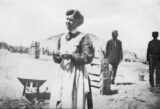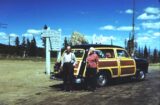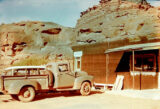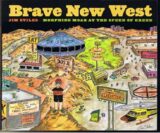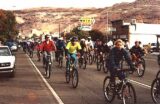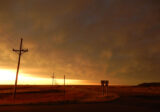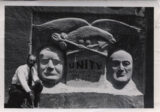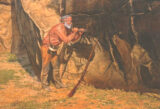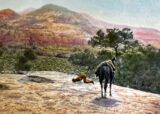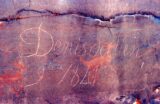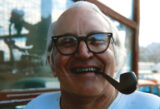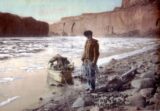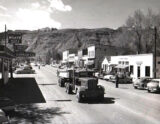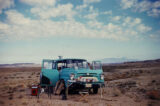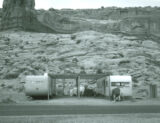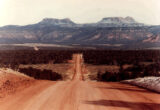
“So what,” you may ask. What’s the harm if the rich want to underwrite green causes? I think there are (at least) two broad types of problems.
First and perhaps most obvious is the risk that the influence of big money will bend the agenda of environmentalism to accommodate donors’ business interests, or at least will make it impossible to be sure that this does not happen. Giridharadas, who is a gifted aphorist, has said that, for many MarketWorlders, making a difference is the wingman of making a killing. This problem especially applies to the many big money environmental donors who acquire their fortunes from unambiguously dirty businesses.
Even putting aside direct conflict-of-interest problems, it’s hard to fully swallow the argument that spending lavishly on environmental causes actually offsets the accumulation of enormous wealth through ethically or environmentally questionable means.
A related and similarly dubious rationale frequently offered by green NGOs for courting the patronage of the 1% boils down to a belief that it takes a good guy with a fat wallet to stop a bad guy with a fat wallet.

